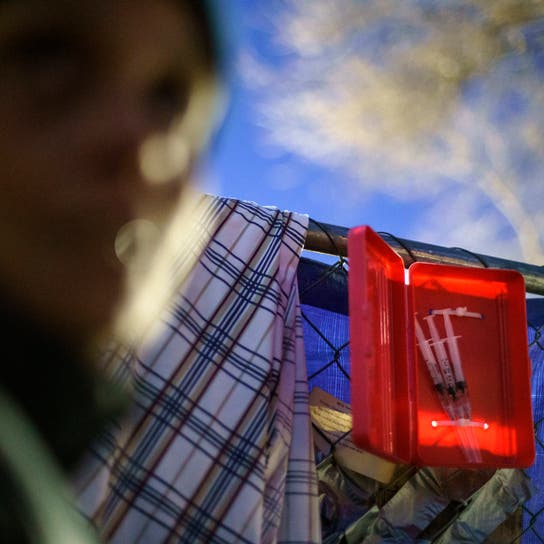Last Wednesday, Native American tribal leaders turned to Congress to seek support from the federal government regarding the fentanyl crisis in their communities. In their call to action were asks for adequate funding for addiction treatment centers, mental health resources and more authority for tribal law enforcement to help stop fentanyl-related deaths, according to Colorado Newsline.
Fentanyl, a potent synthetic opioid that is sometimes used as an anesthetic, is to blame a persisting surge in accidental overdoses in the U.S. over the past five or so years. The drug, which can be found in pill or powder form, is highly addictive and is believed to be 50 times stronger than heroin and 100 times stronger than morphine. A drug that’s plaguing the rest of the country in this way, as you can imagine, is having even more catastrophic effects on vulnerable and disenfranchised populations.
The statistics and anecdotes that were shared in last week’s hearing painted a jarring picture of the worsening opioid crisis in Indigenous communities. Alaska Sen. Lisa Murkowski (R) said she was disturbed at the rate in which Native Alaskans are dying of fentanyl overdoses. Over in Washington state, tribal leaders pointed out that they have asked Gov. Jay Inslee to declare the opioid crisis a public health emergency in the state. Bryce Kirk, a councilman of the Assiniboine and Sioux Tribes in Montana, said that he was worried about “losing a generation” to opioids after several people close to him have died, per the Medill News Service.
Given how this country’s government has historically traumatized Native Americans and subsequently ignored substance abuse issues that have taken root in some communities, we should all be mobilizing to get tribal communities more support. Up to 10% of Native Americans have a substance use disorder, according to the American Addiction Centers, which lists several complex possible reasons for this, including high rates of poverty, unemployment and the purposeful breakdown of community and family structure through residential schools.
There are also several current structural problems that are making the opioid crisis worse for Indigenous people. At the hearing, Tony Hillaire, chair of the Lummi Indian Business Council in Washington state, referenced an archaic Supreme Court case from the 1970s that limits the ability of Native American law enforcement to prosecute non-Natives who commit a crime on tribal land, according to the Oregon Capital Chronicle. In 2021, the Supreme Court finally relinquished more authority to tribal law enforcement, but if the nearest county doesn’t take in the person being held, tribal law enforcement has to release them, per Hillaire. This makes tribal communities especially vulnerable to more organized crime.
Many tribal leaders specifically named the type of support they are seeking in order for their communities to heal: “low-barrier, culturally mindful wellness programs; access to traditional healing; medication-assisted treatment programs; sober-living housing; additional law enforcement; and stronger partnerships with local, state and federal agencies to address jurisdictional issues,” per The Seattle Times. All of this can only come to fruition with more funding.
To add to the urgency of Hillaire’s call to action, he described another opioid called carfentanil that is growing in popularity within their communities. Carfentanil is not new, but it’s one of the most potent opioids and is even stronger and more deadly than fentanyl, per the National Center for Biotechnology Information. In order to stop this crisis from getting even worse, we need to pay attention to the most vulnerable communities, because they are often a signal of what’s to come.
Need help with substance use disorder or mental health issues? In the U.S., call 800-662-HELP (4357) for the SAMHSA National Helpline.

